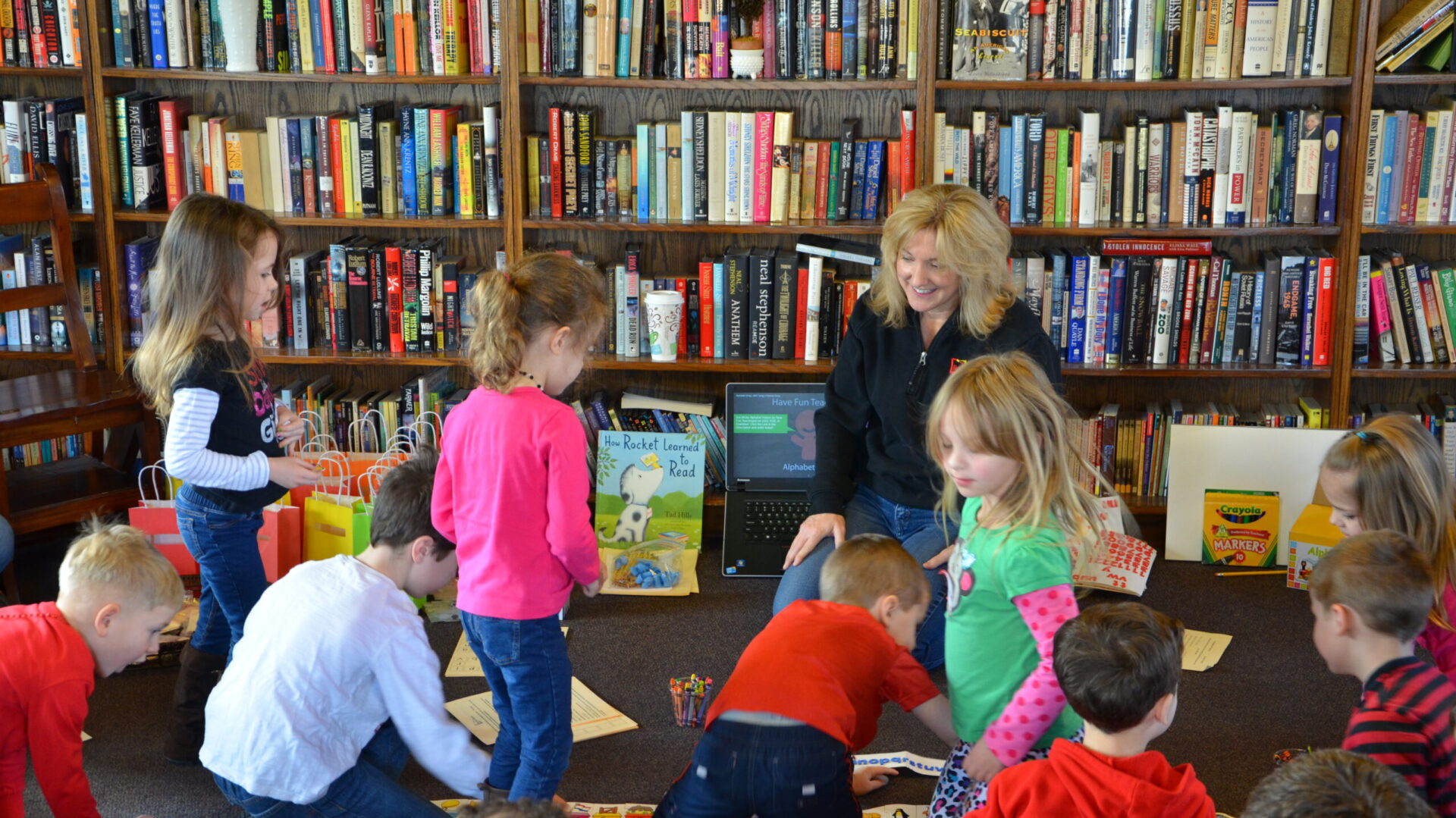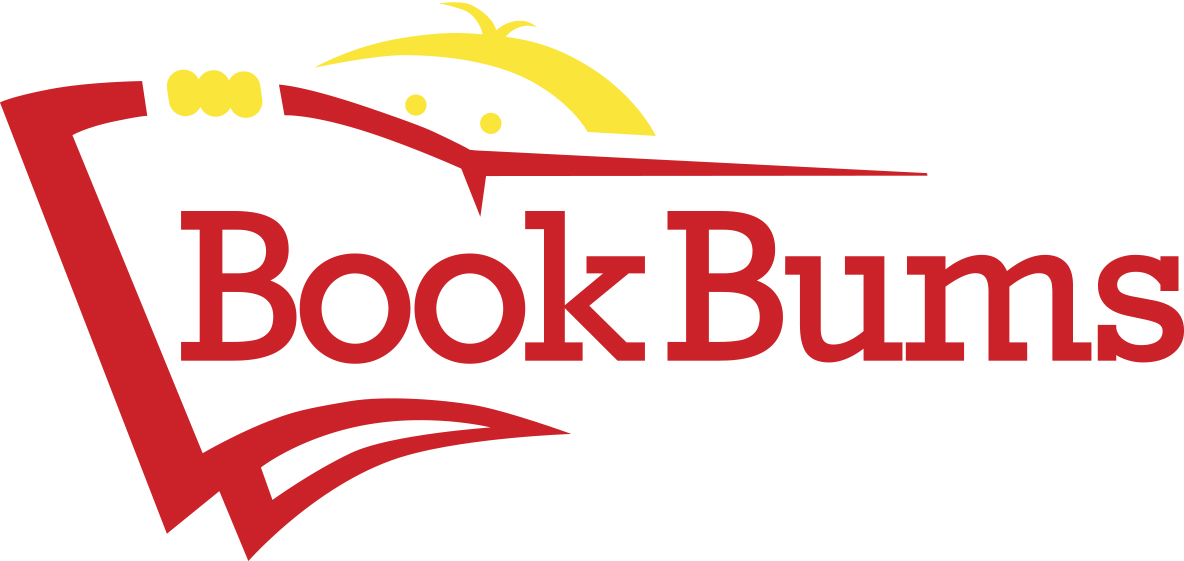
Hello Book Bums families!
This week in the newsletter we are thinking about light. Enjoy ideas for reading, crafting, and enjoying the lights in your life.
Simplify, slow down, be kind. And don't forget to have art in your life - music, paintings, theater, dance, and sunsets.
-Eric Carle
Bookbums.com is an Amazon Associate; We earn from qualifying purchases. This means that if you click on a link to Amazon.com and make a purchase, We may earn a small commission at no extra cost to you. We do recommend the products. Feel free to find them by other means.
Word of the Week
luminous (loo-mih-nuss) adjective/describing word - bright or shining, especially in the dark
Fireflies, sometimes called lightning bugs, put on a luminous display on summer evenings.
Literary Calendar
- June 25 is the birthday of author and illustrator Eric Carle.
- Amherst MA is home to the Eric Carle museum of picture book art. You can make a virtual visit at https://www.carlemuseum.org
Do you have a favorite Eric Carle picture book? Email and share it with us!
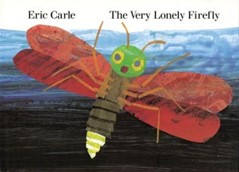
From our Bookshelves

This week we recommend Next Time You See a Firefly, by Emily Morgan *Author Emily Morgan and her son Jack attended all the Foundations for Literacy Workshops at our original Book Bums location in Old West Chester.
Every summer children enjoy watching fireflies twinkling in the twilight, but after reading this book, they’ll see the insects with new eyes. Share Next Time You See a Firefly with a child. Discover why fireflies flash and how they live secret lives underground before coming out to fill the evening with their glimmers of light. Together you’ll also realize that if you catch fireflies, you must let them go: Fireflies have a lot to do! Awaken a sense of wonder in a child with the Next Time You See series from NSTA Kids. These books will inspire elementary-age children to experience the enchantment of everyday phenomena such as insects, seashells, and sunsets.
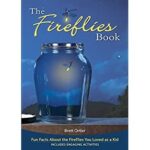
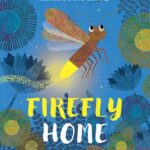
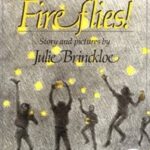
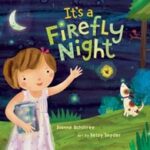

Nothing says summer like fireflies. If you’d like to do a fun-focused exploration with some kids you love, try this one! Read, across several days, all about fireflies. Read all the fiction and non-fiction books you can get your hands on. As you do, have the kids identify some facts they’re finding interesting. Of course, some information will be repeated, and that will make it easy to remember. You could even have note cards handy to record some facts you’re learning, and then create your own book! I even have a cute crafty idea for you.
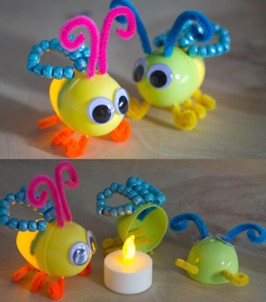
SUPPLIES & TOOLS:
• Pony Beads (1 pk)
• Plastic Easter eggs (2 pc)
• Movable plastic eyes (4 pc)
• Chenille stems (6 pc)
• LED tea lights (2 pc)
• Glue
• Bead reamer (or something else to make holes in the plastic eggs)
• Scissors
• Cardboard or thick mat
DIRECTIONS:
1. Lay the longer portion of the egg onto a thick piece of cardboard or a thick mat to preserve the counter surface. Using the bead reamer, puncture 4 holes into the side of the egg. The set of holes farther in along the egg have a shorter distance between them. These holes are where the legs will be located. Puncture 2 holes into the shorter side of the other half of the egg. This is also for the legs.
2. Turn the longer egg and puncture four holes in a line, starting approximately 1/4“ from the edge of the egg. This is where the wings will attach. These holes should line up across from previous holes.
3. Turn the shorter egg and puncture 2 holes in a line approximately 1/4“ from the edge of the egg. This is where the antenna will attach, lining up with the wings of the longer half of the egg. These holes should line up across from the previous holes.
4. Cut a 6“ length of pipe cleaner. Thread the pipe cleaner down into the first hole from Step 3 and back out of the second hole. Curl the edges out and under. This is the antenna.
5. Cut (3) 4“ lengths of bright colored pipe cleaner. Thread a pipe cleaner down into a set of holes from step 1 and back out. Repeat for the second set of holes and again for the set of holes on the shorter egg half. Curl the legs outward, up and in.
6. Thread a full length of pipe cleaner from inside an end hole (from step 2), keeping a 1“ tail inside of the egg half. Thread 13 pony beads onto the pipe cleaner then bring it back down through a hole. Bring the pipe cleaner back up through the next hole and thread on 13 pony beads. Bring the pipe cleaner back down into the egg and trim the wire, leaving a 1“ tail. Curve the beaded pipe cleaners into rounded wing shapes.
7. Adhere two large moving eyeballs to the end of the shorter egg, just below the antenna, and let the glue dry completely.
8. Insert the “flame” end of the battery operated tea light into the larger end of the egg.
~from Joann Fabrics and Crafts
Tips for Raising Readers and Writers
Never make fun of someone for mispronouncing a word. It means they learned it while reading.

Tips for Families
According to the National Institute of Child Health and Human Development, it takes four times as long to intervene at fourth grade than late kindergarten due to brain development and increased content in older grades.
Don’t believe it if someone says, “He’ll be fine,” or “She’ll get it in her own time.” If your gut says something is not quite right, chances are, you’re right. No teacher is trying to steer parents in the wrong direction, but it is possible that they’re wrong. The fact is, we can never go back in time. Being proactive and providing early intervention is recommended by every science-based entity.
Wordology Workshop
• The Latin root for light is lumin. You find it in words like illuminate, luminary, and our word of the week, luminous.
• Sometimes it refers literally to shining lights, and sometimes the light is metaphorical.
• How many words can you think of that contain the root lumin?
Poem of the Week
Firefly
by Elizabeth Madox Roberts
A little light is going by,
Is going up to see the sky,
A little light with wings.
I never could have thought of it,
To have a little bug all lit
And made to go on wings
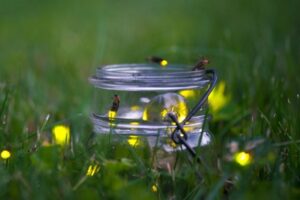
Practical Grammar
What’s the difference between continuously and continually? Is there a difference? There is!
The word continuously means that an action happens without ceasing. It’s nonstop, whereas the word continually refers to an action that occurs frequently or regularly.
Have you been using these words correctly?
Choose the correct word. Is it continuously or continually?
The soccer game is ____ being rained out.
We walked ___ for 24 hours.
The baby ___ gets ear infections.
The deer ___ eat my hosta plants.
When it rains ¬¬¬___ for a couple of days, our basement is sure to flood.
My daughter is ___ on her phone.
She is ___ late for her appointments.
The fluorescent lights are ___ humming and it gives me a headache.
Fireflies are our only flying, bioluminescent insects. The larvae, called glowworms, are wingless. They don’t blink, but they do glow ___ and can be seen on the ground, especially in moist areas near grass and brush.
Learn more here: https://mdc.mo.gov/discover-nature/field-guide/fireflies-lightning-bugs
If you know someone who would benefit from our newsletter or tutoring at Book Bums, please share this email with them! Thank you.
Copyright © 2024 Book Bums, All rights reserved
Our mailing address is:
7967 Cincinnati-Dayton Road Suite L
West Chester, OH 45069

